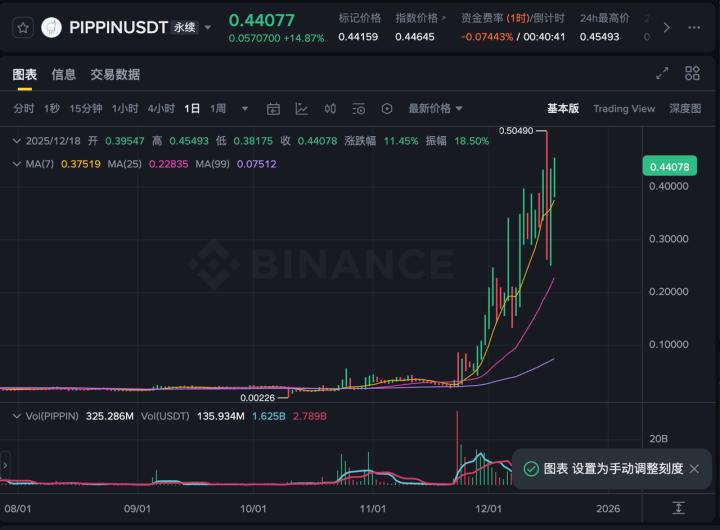ZachXBT: Lazarus Group links BingX hacking addresses to Bybit and Phemex stolen funds addresses
This article is machine translated
Show original
Odaily reported that ZachXBT published an update on the movement of the stolen funds from Bybit. A few minutes ago, the Lazarus Group associated an address related to the BingX hack, which now connects the stolen funds from Bybit, BingX, and Phemex on-chain. Overlapping address: 0xd555789b146256253cd4540da28dcff6e44f6e50
Bybit hack transaction: 0x4a366130118d750715c2d35fdc07509cf943fcc988fa5e6d02211e3d5472796e
BingX hack transaction: 0x93424aa87731bb9b1d8cc1f708d2ac9f3faf914f368a00494d87cba3e7719e8c

Source
Disclaimer: The content above is only the author's opinion which does not represent any position of Followin, and is not intended as, and shall not be understood or construed as, investment advice from Followin.
Like
Add to Favorites
Comments
Share
Relevant content





